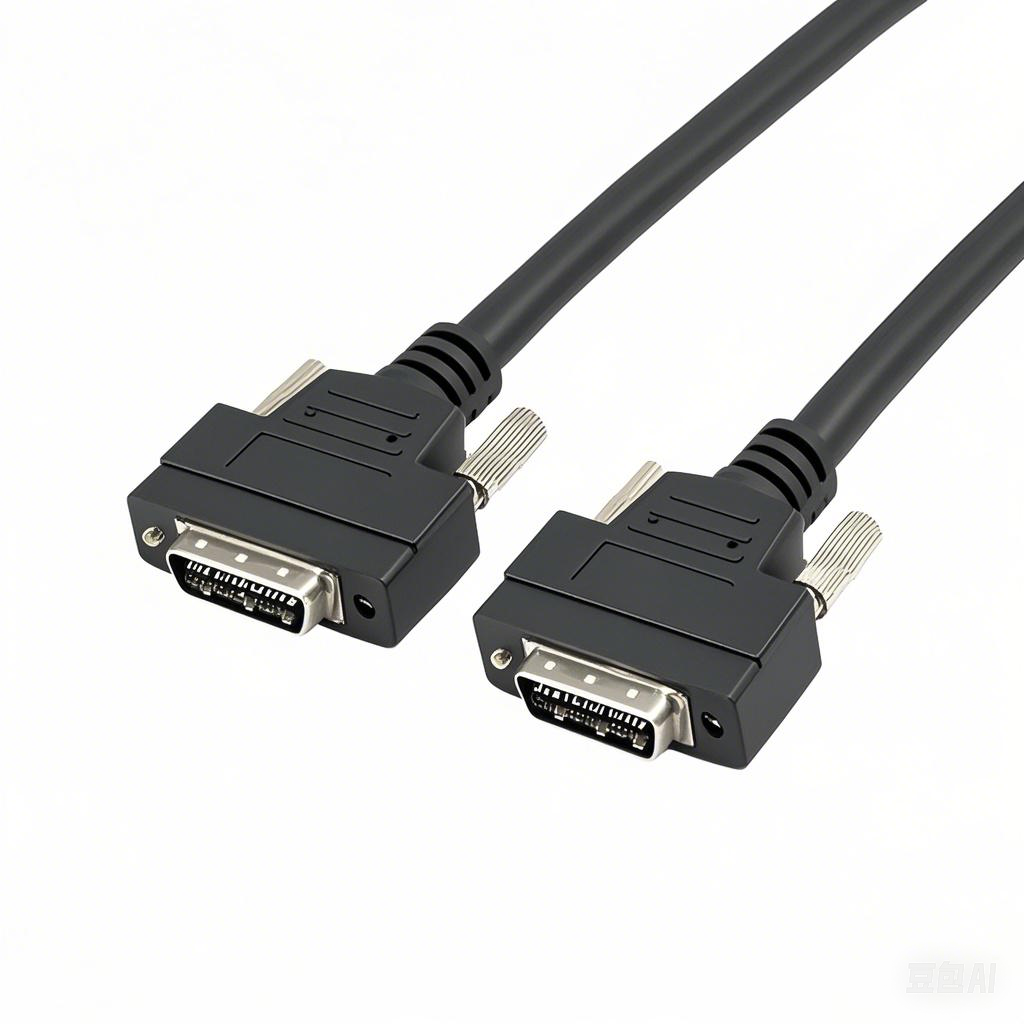How to Calculate the Total Cost of Ownership for Machine Vision Cable...
Machine vision cables are the critical arteries connecting cameras, sensors, lights, and processors in automated systems. Choosing based solely on the initial price tag is tempting, but it’s a recipe for potentially much higher long-term expenses. Understanding and calculating the Total Cost of Ownership (TCO) is essential for making smart purchasing decisions and maximizing your vision system’s uptime and profitability.
What is Total Cost of Ownership (TCO)?
TCO goes far beyond the simple purchase price (often called the acquisition cost). It represents the complete financial impact of owning and operating machine vision cables throughout their usable life. This includes every expense incurred from the moment you buy them until they are eventually replaced. Think of it as the “true cost” hiding beneath the surface.
Key Cost Components for Machine Vision Cable TCO:
Calculating TCO requires adding up several distinct categories of costs:
- Acquisition Cost:
- The initial purchase price of the cables themselves.
- Costs associated with selecting and sourcing them (labor time).
- Example: $150 per cable.
- Installation & Integration Costs:
- Labor costs for engineers/technicians to run and connect the cables.
- Downtime cost for the line/system during installation.
- Cost of connectors, conduits, cable management accessories (clips, ties, carriers).
- Example: 2 hours of technician time @ 75/hour=150 per cable; Line downtime cost: $500 (estimated lost production).
- Operational & Maintenance Costs:
- Planned Maintenance: Regular inspection and cleaning.
- Unplanned Maintenance/Repair: Labor costs to troubleshoot, replace damaged cables, reroute them. This is often driven by reliability issues.
- Cost of replacement cables (if repaired under warranty, this might be lower, but labor costs remain).
- Example: Average of 1 hour of troubleshooting/repair labor per cable per year @ 75/hour;Costofonereplacementcable/year:150.
- Downtime Costs:
- THE MOST SIGNIFICANT COST FOR MANY. This is the lost production revenue and productivity cost when the vision system fails due to cable issues.
- Factor in: Production rate value ($/hour), labor costs idled during downtime, cost of scrapped material, potential penalties for missed deliveries.
- Example: Vision system failure stops line for 2 hours. Line produces 5000worthofproductperhour.Downtimecost=2hours∗5000/hour = $10,000. Even one failure makes cheap cables expensive!
- Quality/Performance Impact Costs:
- Costs related to poor image quality, signal degradation, or intermittent errors caused by low-quality cables (even if the system doesn’t fully stop). This leads to:
- Increased false rejects (good product scrapped).
- Increased false accepts (bad product shipped, leading to returns, recalls, reputation damage).
- Time spent diagnosing non-cable issues incorrectly.
- Example: Additional scrap due to 0.5% increased false rejects. Value: $500/year.
- Energy Costs:
- Generally minimal for data cables, but can be a factor for power-hungry lighting cables (e.g., LED ring lights). Consider efficiency differences between cable types/gauges if supplying significant power.
- Example: Negligible for standard camera cables; Potential small savings with efficient power cables over very long runs.
- End-of-Life Costs:
- Costs associated with disposal/recycling of old cables (usually minimal unless hazardous materials are involved).
- Labor cost for removal during system upgrades.
Putting It Together: A Simplified TCO Calculation Example
Assume a standard camera cable over a 5-year lifespan:
- Acquisition: $150
- Installation: 150(labor)+500 (downtime) = $650
- Operational/Maintenance (Yearly): (1 hr labor * 75/hr)+ReplacementCable(150) = 225/year∗5years=1,125 (Note: Higher quality cables may reduce failures to near zero, drastically lowering this!)
- Downtime Costs: Assume 1 significant failure causing 2 hours downtime @ 5000/hr=10,000. (Even one event dominates!)
- Quality Impact: 500/year∗5years=2,500
- Energy/End-of-Life: Negligible ($0)
Total Estimated TCO for “Cheap” Cable:
150+650 + 1,125+10,000 + 2,500+0 = **$14,425**
Comparison: Higher Quality Cable Scenario
- Acquisition: $300 (Higher initial cost)
- Installation: $650 (Same)
- Operational/Maintenance: Far fewer failures. Estimate only 0.5 hours labor/year for inspection (37.50/year∗5yrs=187.50), and NO replacement cables needed (within 5 years).
- Downtime Costs: NO major failures attributed to cable = $0
- Quality Impact: Minimal, assume 50/year∗5yrs=250 (due to superior signal integrity)
- Energy/End-of-Life: Negligible ($0)
Total Estimated TCO for Quality Cable:
300+650 + 187.50+0 + 250+0 = **$1,387.50**
The Result: The “cheap” cable had a TCO over 10 times higher than the quality cable, primarily due to massive downtime costs and frequent failures. The slightly higher initial investment in robust cables pays back exponentially by preventing catastrophic expenses.
How to Calculate TCO For YOUR Cables:
- Gather Data: Estimate costs relevant to your operation for each category above. Be realistic, especially about production downtime costs ($/hour) and typical failure rates for different cable qualities.
- Estimate Lifespan: How long do you realistically expect cables of different quality levels to last in your environment (consider flex cycles, chemicals, temperature, UV exposure)? 1 year? 3 years? 5+ years? Reliability directly impacts maintenance, downtime, and replacement costs.
- Quantify Downtime: This is crucial. Work with production managers to determine the true cost per hour of unplanned downtime for the lines using the vision system.
- Calculate for Options: Run the numbers for the lower-cost cable option AND the higher-quality, potentially more expensive option. Don’t forget factors like warranty differences.
- Compare Holistically: Look at the TOTAL picture over the expected lifespan, not just the acquisition price.
The Takeaway:
When evaluating machine vision cables, resist the lure of the lowest initial price. Calculating the Total Cost of Ownership reveals the significant financial impact of cable reliability (or lack thereof). Investing in high-quality cables designed for the demands of industrial automation – with proper shielding, robust connectors, flexible jackets, and proven durability – almost always results in a drastically lower TCO. The savings from preventing downtime, minimizing repairs, avoiding scrap, and maximizing production uptime far outweigh the higher upfront price, leading to greater system efficiency and profitability over time. Choose wisely – your bottom line depends on it.











